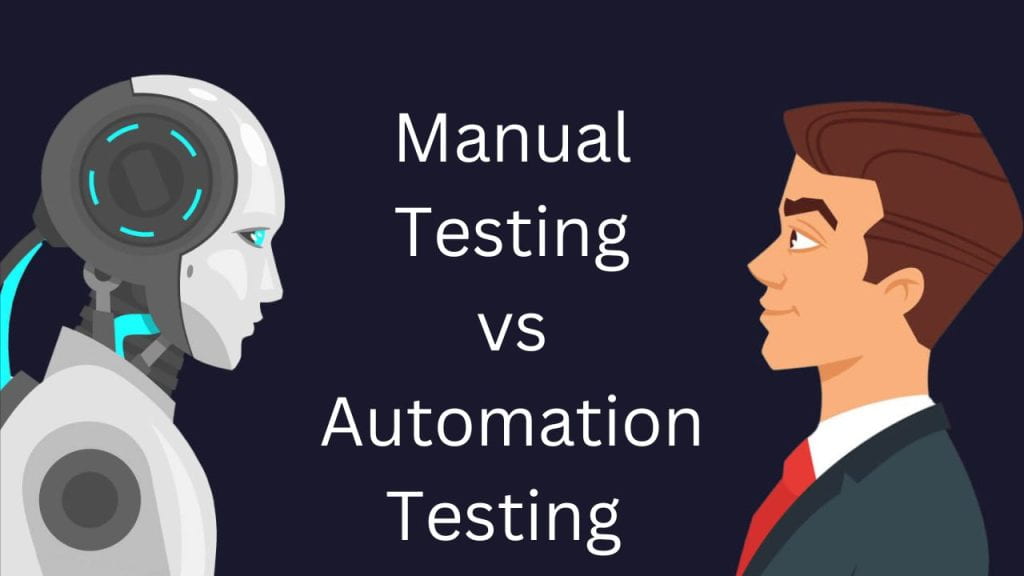
Manual testing and its importance:
Manual testing is an important part of the software development process. It is a type of testing that requires the tester to manually execute and examine the functionality of an application. Manual testing is a time-consuming process, but it can be done in parallel with other tasks and it can be used to test complex applications.
This type of testing is typically carried out by testers who are experts in the product and its requirements. They use their knowledge to understand how the product should work, identify any potential issues, and report on their findings.
What is Automation Testing and How Does it Differ from Manual Testing?
Automation testing is a software development process where a program or scripts are used to test the functionality of an application.
Automation testing is one of the most popular methodologies for software testing. It helps in reducing the overall testing time and cost. Automation testing can be done by both manual and automated methods. But manual methods are more popular because it provides more control over the test process and it’s less expensive than automated methods.
Manual tests are also known as exploratory tests because they explore the system to find bugs that may not have been found with other types of testing, like unit tests or integration tests. Manual testers use their knowledge of the product to understand what might happen when certain features or functions are used together.
The Importance of Automation in Today’s Business World:
Automation is being used in many industries to increase efficiency and optimize workflows. It can be used to improve the customer experience, make employees more productive, and reduce the cost of doing business.
Efficiency:
Companies have been using automation since the industrial revolution to increase efficiency and productivity. With automation, there are fewer errors in production, less time wasted on manual tasks, and more time spent on creative tasks.
Automation can also be used to improve customer service by responding quickly to customer inquiries with an automated chatbot or voice assistant.
Productivity:
Employees can become more productive when they use software that automates their repetitive tasks or automates their workflows altogether. This leaves them with more time for creative tasks that require human intelligence like solving problems or coming up with new ideas.
Costs:
Costs can be reduced by using automation software for routine tasks like data inputting or repetitive calculations so that employees don’t have to do them. This is done by automating a process using software and hardware that takes input from sensors and produces outputs in response to those inputs. For example, a robotic arm can be programmed with advanced software so that it can be used for heavy-duty tasks like welding or assembly work, which would otherwise make a human employee very uncomfortable or unsafe.
Which Type of Test Approach Should You Use – Manual or Automated?
Many factors help in choosing the right type of test approach.
1. The complexity and size of the product being tested: Manual testing suits small-sized products while automated testing is a better fit for large-sized products.
2. The number of testers available: If there are not enough testers at your disposal, then you should go for manual testing to save time and resources.
3. The budget available: Manual testing is cheaper than automated testing and requires less time, so it is an appropriate choice if you have limited resources to spend on the project or if you are working on a tight budget.
4. The nature of the product being tested: If the product being tested has a lot of variations in its UI, then manual testing will be more suitable because it can take care of all these variations with ease, whereas automated tests can only handle one variation at a time and will need to be reworked manually for all other variations after every change made.








